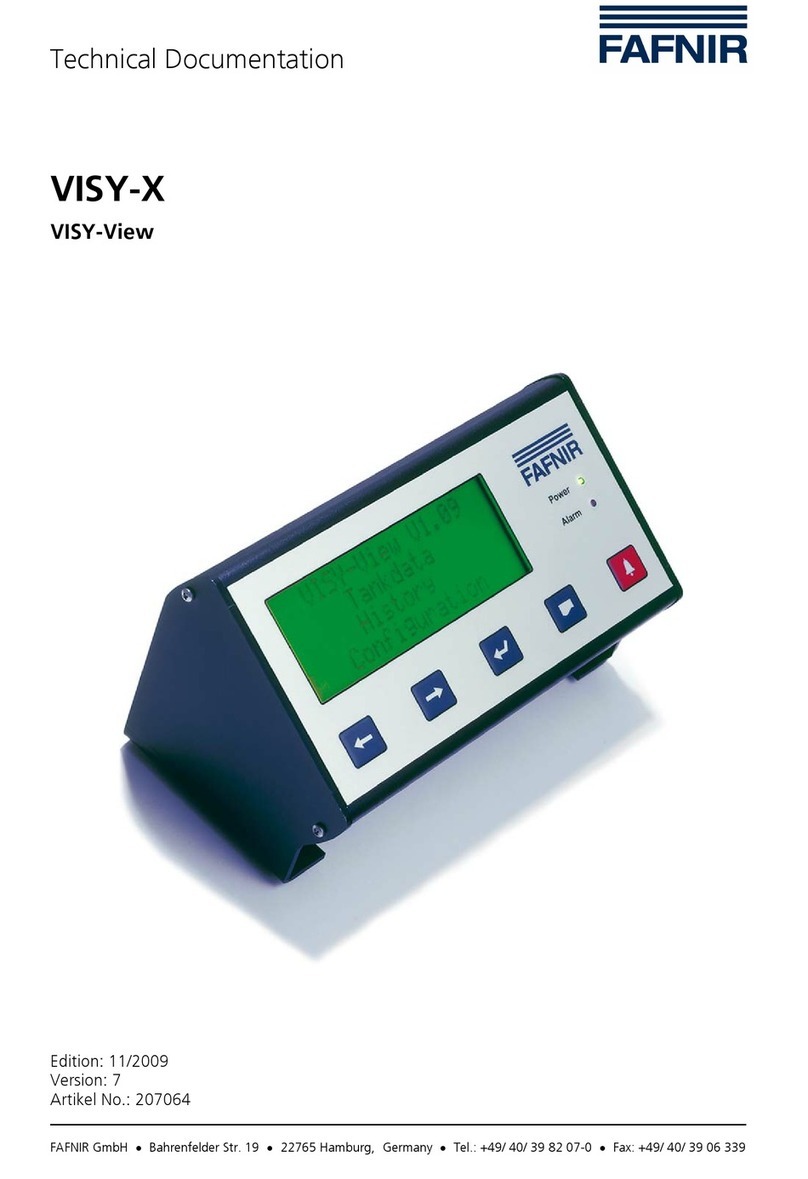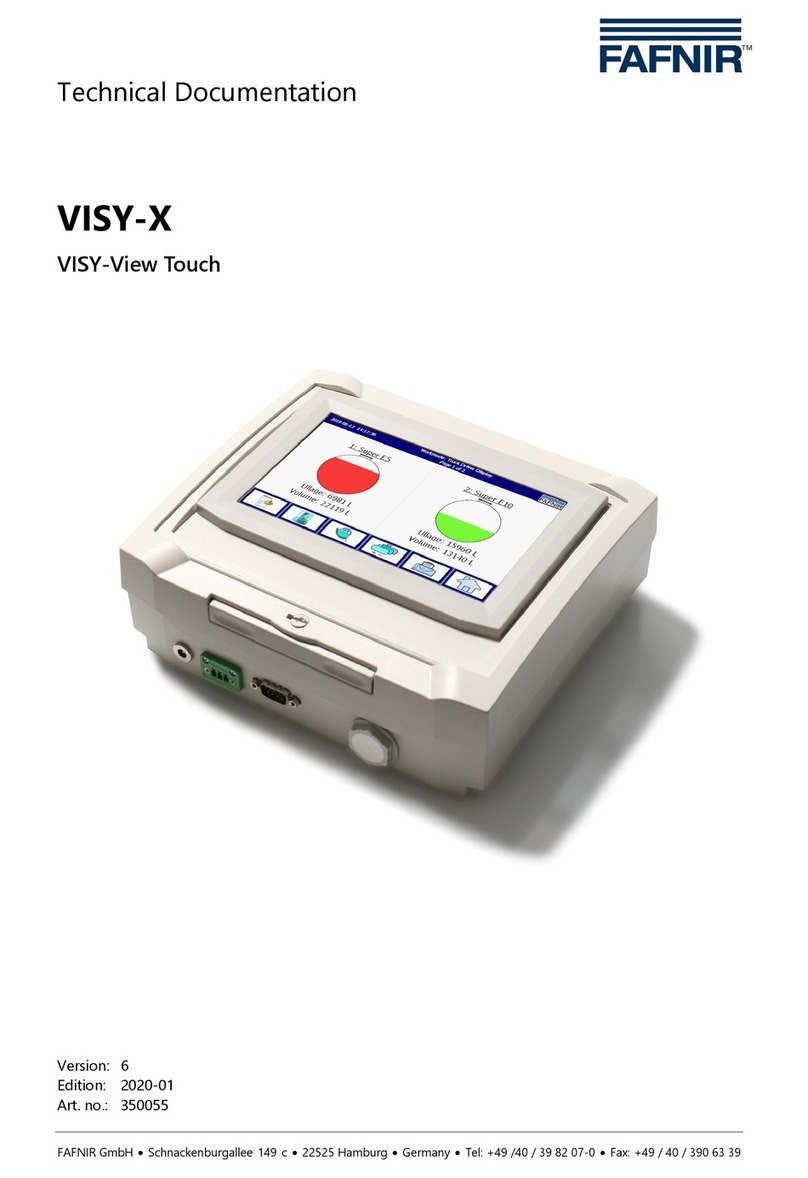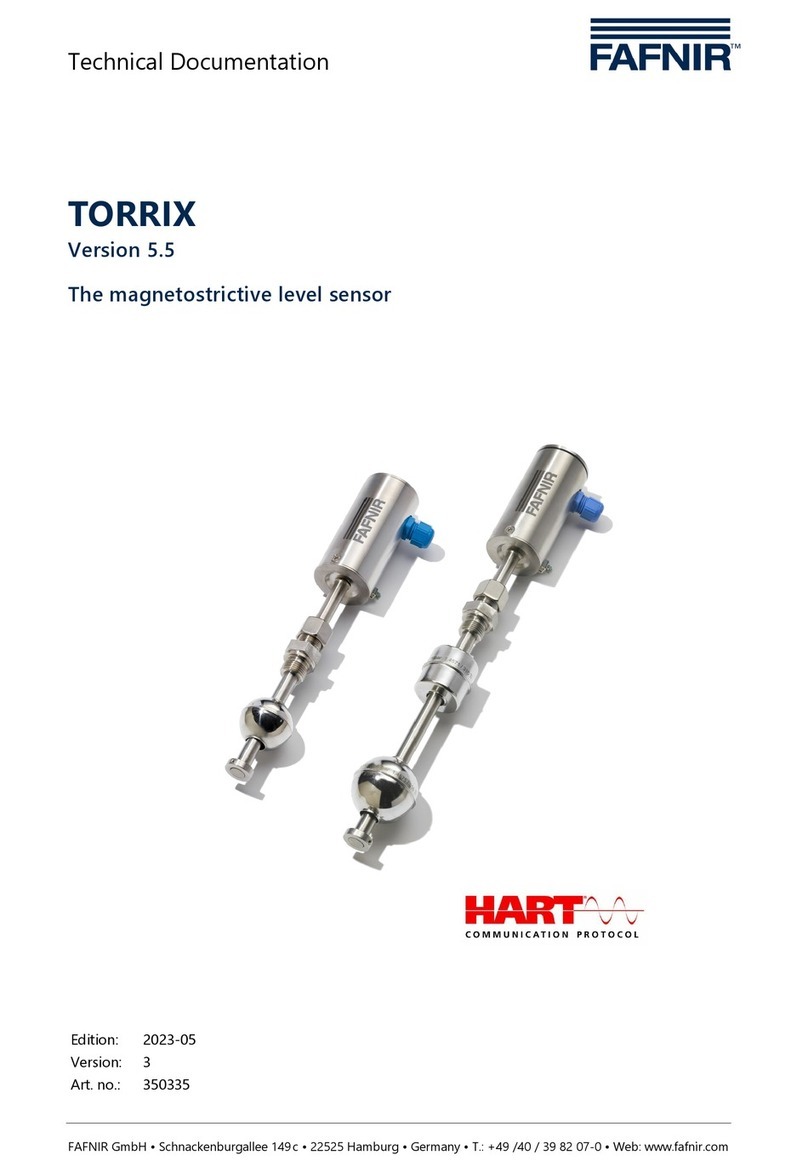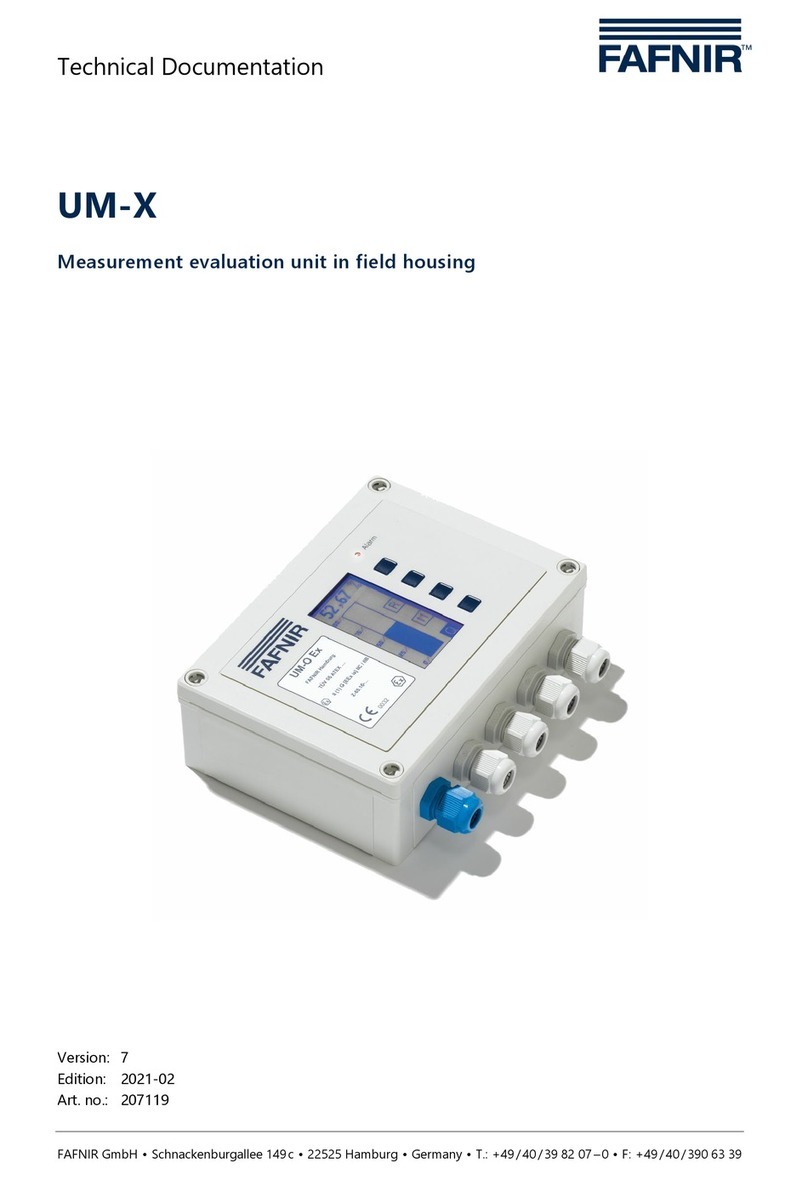
SEPARIX-C/-T and SEPARIX-Control CT Page 4/37
3.1.2 … of the high-level sensor SEPARIX-T L Plus
The SEPARIX-C L Plus high-level sensor, in conjunction with the SEPARIX-Control CT meas-
uring transducer, forms an automatic warning device for light liquid separators. The warning
system responds to the level of liquid in the separator (whether oil, light liquid or water). It
generates an alarm signal whenever the liquid level in the separator rises above an imper-
missible threshold, e.g. due to reverse flow from the separator outlet, or because the
automatic closure device has shut off the outlet of the separator due to a high oil / light
liquid layer.
The SEPARIX-T L Plus is not permitted to be used in aggressive media.
The sensors work without moving parts according to the thermal measuring principle,
based on the different thermal conductivity of gases and liquids:
A PTC resistor in the sensor tip is heated up by the measuring transducer, which increases
the resistance of the PTC resistor if surrounded by gas (e.g. air). As soon as the sensor tip
comes into contact with liquid, the resistance
of the PTC resistor drops because liquids have
a significantly higher thermal conductivity than
gases and therefore cool the sensor down.
The measuring transducer detects this change
in resistance whether it is caused by light liquid
or water and triggers an alarm.
To avoid damage and disturbances caused by
splash water, the sensor tip is protected by the
sensor housing, which is slotted and open at
the bottom end. The switch point is 35 mm
above the lower edge of the sensor housing
and is marked by a circular groove on the sen-
sor housing.
The SEPARIX-Control CT measuring transducer
powers the sensors and evaluates the sensor
signals.
After turning on the SEPARIX-
Control CT, the high-level sensor must heat
up first before it is ready for operation.
According to the ambient temperature this
heating phase can last up to 2 minutes.
2: SEPARIX-T L Plus, dimensions


































